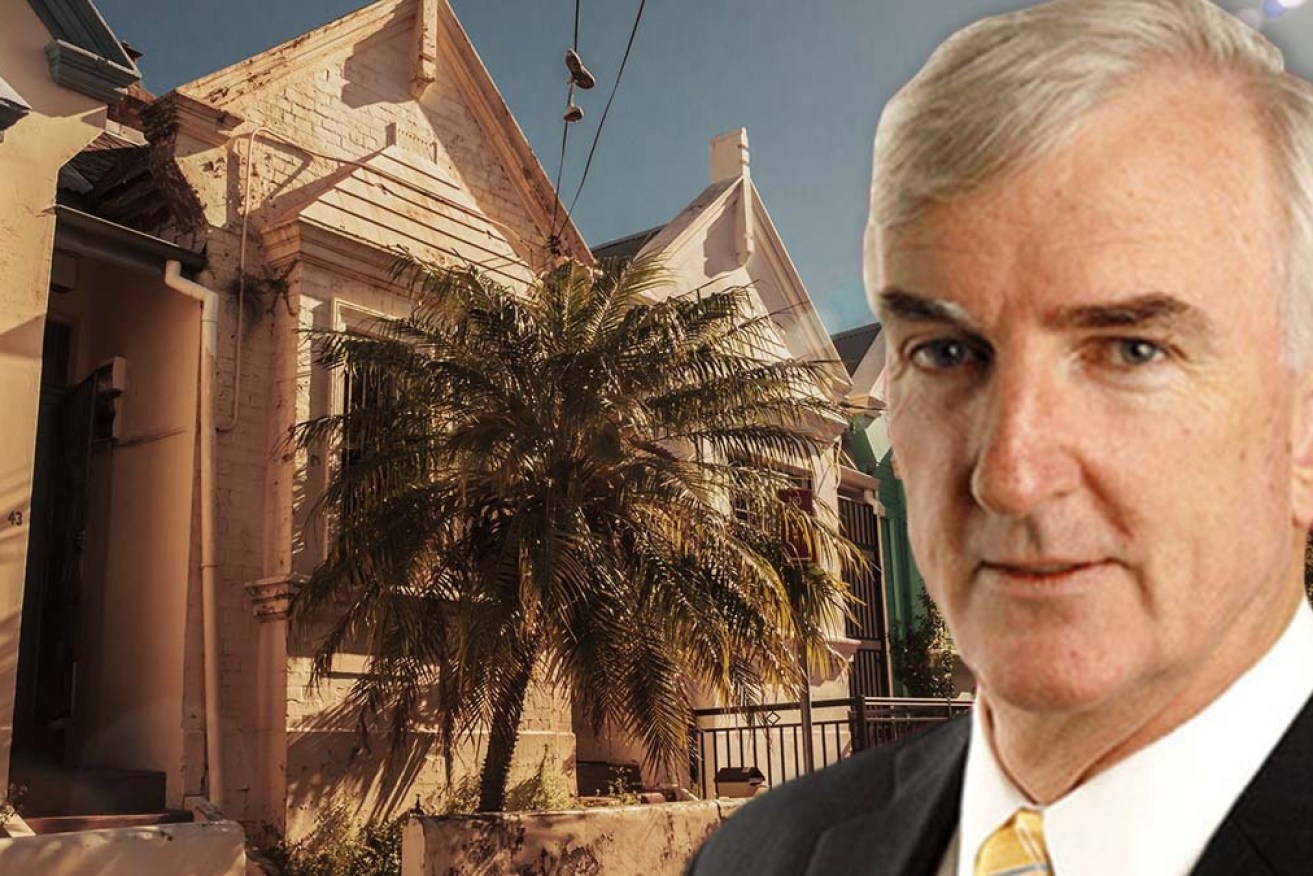Michael Pascoe: For whom the housing market bell tolls


Sydney property may have reached its peak as auction clearance rates fall, Michael Pascoe writes. Photo: TND
Wisdom has it that nobody rings a bell for the top of the market – but those with keen ears heard a certain tinkling around Sydney property last weekend.
Some closer to the ground were picking up vibrations before that.
There were warnings three months ago that the Sydney housing market rocket was running out of fuel.
The auction clearance rate falling into the low 60s on Saturday said residential real estate in Australia’s most expensive city was no longer a rocket ride – now, at best, more of a glide.
The Domain Group reckons a clearance rate of more than 60 per cent means rising prices, less than 60 per cent means falling prices.
Saturday’s preliminary rate of 62.7 per cent doesn’t promise much rising.
Great breakdown of the 2021 Sydney Property Market with @LouiChristopher
Talking Property – The 2021 Sydney Property Market Reviewed https://t.co/eYZJ9glFPA via @YouTube
— Peter O'Malley (@HarrisPartners) December 9, 2021
A trusted North Shore real estate agent reported in conversation before the weekend that the lower end of the market had quite suddenly and definitely turned.
The higher end was still strong, but the expected pattern was for the weaker trend to work its way up the ladder.
And the turn, as usual, catches out vendors’ expectations.
Having watched their neighbours’ house sell for a record, a vendor expects to do at least as well, if not better.
After every Sydney boom though, once buyers shed their FOMO and TINA (Fear Of Missing Out and There Is No Alternative) though, prices can drop by a few per cent and plateau for years.
Of course, there is not a single Sydney property market.
There are exceptions on the up and down sides. There also is no such thing as an Australian housing market, with the smaller cities still seeing much stronger demand for the time being.

Property prices in Brisbane are continuing to rise. Photo: Getty
Brisbane, for example, is still going gangbusters while Melbourne is getting closer to Sydney’s example.
In time, a return to the mean has its way – the rough historical ratio of Brisbane prices reasserts itself through a combination of Sydney falling and Brisbane rising.
Drawing a line through it all, AMP’s Shane Oliver is forecasting average prices to only rise 5 per cent in 2022 and to be weakening this time next year.
“Australian home price gains are likely to slow, with prices falling later in the year as poor affordability, rising fixed rates, higher interest rate serviceability buffers, reduced home buyer incentives and rising listings impact,” Dr Oliver said.
That’s not a bad summary of the multiple factors at work.
Initially in this boom, government incentives, limited listings and very cheap money with the promise of it remaining cheap, combined to light the rocket.

AMP Capital’s chief economist Shane Oliver is predicting a weakening in property prices in 2022.
Now listings are soaring, not only are there no new government incentives but the incentivised surge in approvals will increase stock as the building is completed, fixed rates have risen a little, the regulators are making loans a little harder for most people to get and there are pretty constant headlines about when, not if, the Reserve Bank will lift the cash rate.
Once the herd has the perception that the rocket ride is over, that the market is indeed cooling and could well fall a bit, it can rapidly become self-fulfilling.
Some very silly prices have been paid and it now might pay to wait.
Then there’s the question of what it means for policy.
The good news is that it takes some pressure off the regulators’ desire to tighten the lending screws.
The bad news is twofold: Sydney loses the “wealth effect” it has been enjoying – the sensation of your home being worth so much more encouraging you to spend more; and the boom-bust fallout for the housing building industry.
Approvals have been falling sharply from their government-induced peak.
Shortage of materials is extending building time, but once the materials backlog clears, home building won’t be providing much growth.

Source: ABS
Neither of those factors will be felt much by the economy before the federal election.
The build up in savings and handouts, plus some tax-break pull-forward of business spending, promise a strong start to 2022.
It’s beyond 2022 when housing prices may be falling and the sugar hits have worn off that the lack of sustainable investment policy will start to be felt.
But a government without vision doesn’t look that far out.








